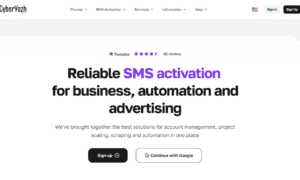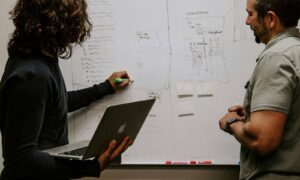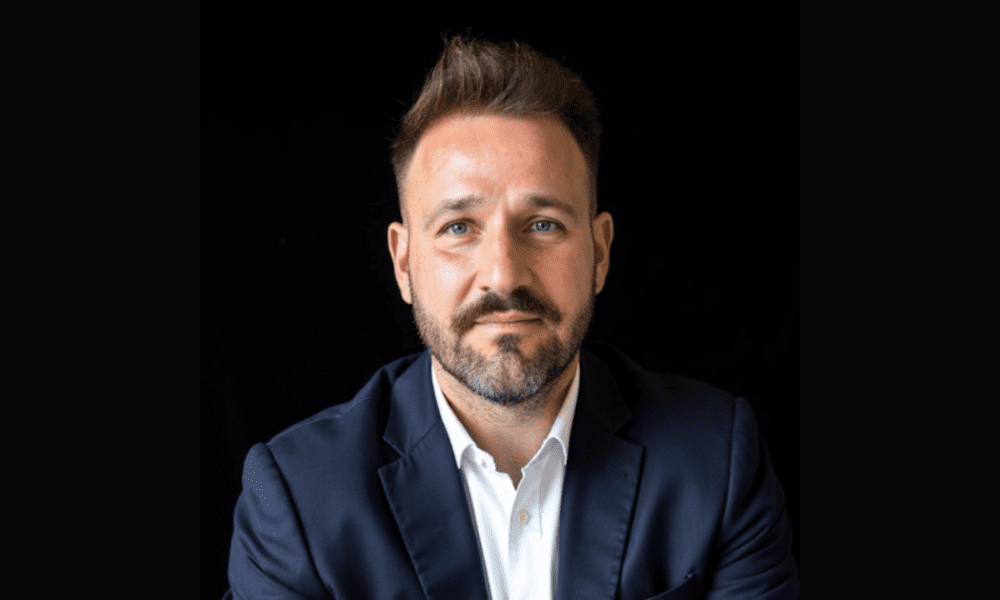Obah Tawo’s accelerated training framework is bridging the gap between enterprise demand and workforce supply in critical IT infrastructure
The global technology sector faces a paradox: thousands of unfilled IT positions alongside millions of underemployed workers seeking pathways into tech careers. At the heart of this disconnect lies a critical skills gap, particularly in enterprise IT service management platforms like ServiceNow, where demand has outpaced traditional education’s ability to produce qualified professionals.
Obah Tawo, an IT service management expert has created an innovative curriculum challenging conventional wisdom about how quickly and effectively professionals can be trained for complex enterprise technology roles.
ServiceNow, the cloud-based platform managing IT operations for 85% of Fortune 500 companies, faces a severe talent shortage. The gap between supply and demand has created bottlenecks in digital transformation initiatives worth trillions annually. Traditional education pathways four-year degrees followed by years of experience cannot keep pace with the explosive growth in ServiceNow implementations across healthcare, government, finance, and defense sectors.
“We’re watching organizations delay critical modernization projects not because the technology isn’t available, but because they can’t find people who know how to implement it properly,” Tawo explains. “The traditional education model is structurally incapable of responding to this speed of change.”
A New Training Paradigm
The Omratech IT Workforce Solutions curriculum, which Tawo developed based on his experience training over 1,000 professionals internationally, takes a fundamentally different approach to IT education. Rather than broad theoretical foundations, the program focuses on immediately applicable skills validated through industry certifications.
“We’re not trying to replicate computer science degrees,” Tawo clarifies. “We’re creating practitioners who can walk into an enterprise on day one and contribute meaningfully to ServiceNow implementations. That requires a completely different pedagogical approach.”
A core distinctive feature of his curriculum is its foundation in real-world enterprise architecture experience. Holding several ServiceNow certifications, with lots of industry expertise, Tawo built the training program around the actual challenges he encountered implementing ServiceNow for major healthcare institutions and government agencies and simplifies this for new entrants to gain requisite skills and be directly impactful for organizations who employ their services.
The curriculum architecture includes:
- Competency-Based Progression:Students advance by demonstrating mastery, not by completing time-based modules. This approach, borrowed from medical education, ensures graduates meet consistent quality standards.
- Live Environment Training: Rather than simulations, students work in actual ServiceNow instances, encountering the complexities and edge cases that characterize real enterprise deployments.
- Iterative Problem-Solving:The program emphasizes troubleshooting and optimization the skills enterprises actually need rather than just configuration.
- Industry Certification Integration: The curriculum aligns precisely with ServiceNow’s certification pathways, enabling students to earn recognized credentials as they progress.
Technology Sectors Beyond ServiceNow
While ServiceNow remains the curriculum’s core focus, Tawo’s framework extends to adjacent enterprise technologies: IT service management (ITSM) best practices, configuration management databases (CMDB), cybersecurity governance, and AI-driven IT operations.
“ServiceNow is the entry point because it’s in such high demand,” Tawo explains. “But the skills students develop understanding enterprise IT architecture, managing complex systems, implementing governance frameworks transfer across the entire technology ecosystem.”
This broader applicability makes graduates versatile assets. Companies report that professionals trained in Tawo’s methodology adapt quickly to other enterprise platforms, making them particularly valuable in organizations running multiple systems.
Beyond Curriculum: A Workforce Development Model
Tawo sees the curriculum as part of a larger shift in how technology education must evolve. Traditional computer science education remains valuable for those pursuing software engineering or research, but the industry’s growing need for implementation specialists, systems administrators, and technical architects requires different pathways.
“We have this false dichotomy where you either get a four-year degree or you’re not qualified for tech careers,” Tawo argues. “But some of the most critical technology roles, the ones keeping enterprise infrastructure running, need practitioner skills that can be taught efficiently and effectively without four years of theory.”
This philosophy aligns with broader trends in technology education, where bootcamps, micro-credentials, and competency-based programs are challenging traditional academic models. Tawo’s approach is different from other training with its focus on enterprise-grade skills rather than entry-level coding, addressing a different segment of the talent pipeline.
Looking Forward
As enterprises accelerate digital transformation initiatives, the demand for qualified ServiceNow professionals shows no signs of slowing. Gartner projects the enterprise IT service management market will grow at 8.9% annually through 2028, suggesting the talent shortage will intensify without intervention.
Tawo’s curriculum represents one response to this challenge, not a replacement for traditional education, but a complementary pathway focusing on rapid, effective training for in-demand skills.
“Five years from now, I want to see thousands of people in stable, well-paying tech careers who otherwise wouldn’t have had access to these opportunities,” Tawo reflects. “That’s the real measure of success not just filling positions, but changing lives through skills development.”
For an industry accustomed to talent shortages, that outcome would itself be transformative.



























